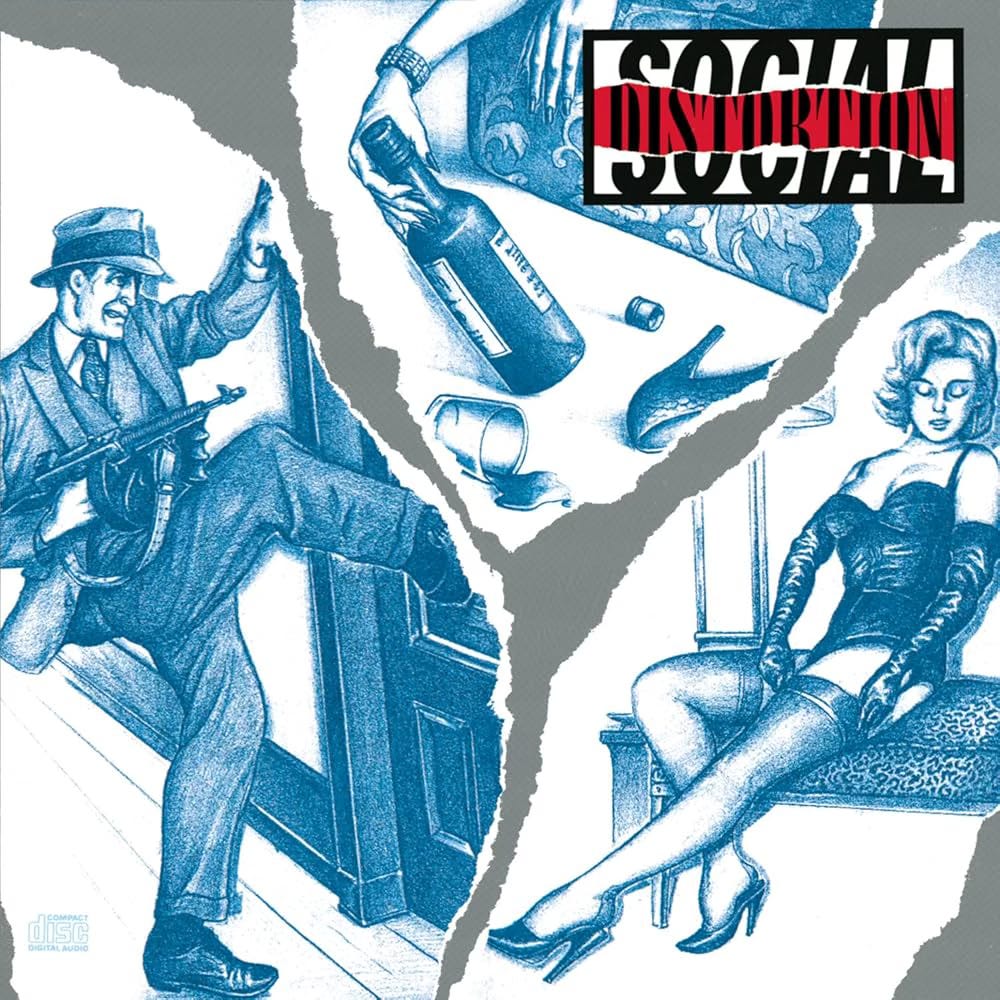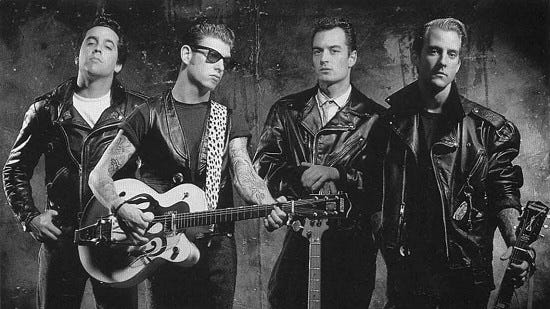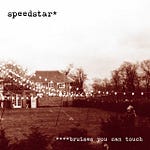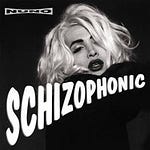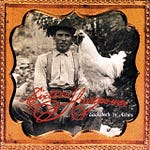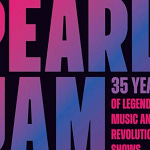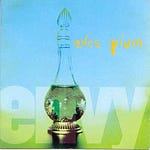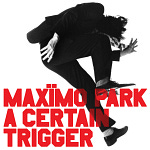Some records, like old friends or forgotten dreams, don’t knock you out the first time. But they stay with you. They circle back. They find you when you're ready to listen. Social Distortion’s 1990 self-titled album is one of those records. A slow-burn survivor, it came up short in a recent listener poll, but clawed its way back into the conversation.
You didn’t necessarily buy it on release day. You heard it sideways. Ball and Chain echoing from a local rock radio station. Story of My Life humming under a rom-com trailer. Ring of Fire blasting through a bar jukebox.
This wasn’t a flashy debut or an alt-rock breakthrough. It was something sturdier. A record that sounded out of time yet perfectly timed. Built not for the charts but for those in-between spaces—between punk and country, sobriety and relapse, the garage and the stage.
Social Distortion planted a flag for a kind of American rock and roll that never really goes out of style.
The Crossroads of a Scene and a Sound
It’s hard to imagine now, but in 1990 there were no “alt-rock” stations. Hair metal was wheezing its last breath. Grunge was still a Seattle secret. Into that void stepped Social Distortion—a band too punk for Nashville, too rootsy for CBGB, too melodic to be ignored.
Mike Ness had cleaned up. This was their first album on Epic Records. For the first time, they didn’t have to scrounge for studio time or press their own vinyl. With producer Dave Jerden (Jane’s Addiction, Alice in Chains) behind the board, Social Distortion emerged as the band’s defining moment.
Despite its slow, organic rise, the album had unusual accessibility. Punk kids, classic rockers, alt-radio adopters—even fans of country and Americana—could all find a home in its sound. It didn’t chase trends. It welcomed misfits. It brought together audiences who would never share a bill, let alone a booth at Denny’s.
These were songs that made sense blasting from a college dorm window or closing out a road trip. You didn’t need to be a scene kid to understand Ball and Chain—you just needed a broken heart and a beat-up stereo.
Punk Attitude, Country Soul
The record is pure alchemy: cowboy chords and Marshall amps, Johnny Cash twang filtered through Ramones punch. It’s not showy. Ness stays in one vocal gear, but he uses it like a rusty blade—sharp, raw, and unforgettable.
“Story of My Life” and “Ball and Chain” weren’t just tracks. They were snapshots. Of your ex. Your first car. Your hometown in sepia tone. And Ring of Fire? They didn't just cover it. They reclaimed it—dragged it into a new decade with attitude and urgency.
The harmonica solos, the handclaps, the stripped-down riffs—they weren’t throwbacks. They were reclaims. These weren’t punks trying country. These were lifers telling the truth through three chords and a snarl. It’s cowpunk without the cosplay. Americana without the polish.
And maybe most importantly—it was catchy. Ness might have been a punk purist, but he understood hooks like a Nashville veteran. That’s why these songs stuck with you. That’s why they still do.
Imperfect, but Immortal
No, the album isn’t perfect. “Drug Train” never quite pulls into the station. The six-minute singles could’ve used an editor. But you don’t measure a record like this in track times. You measure it in moments. How it made you feel then—and now.
It’s a record that doesn’t overthink its identity. It’s not polished to death or bloated by ambition. It just is. You can hear the sweat in the studio, the familiarity of a band that road-tested these songs before hitting record. You can hear the love, the limits, and the lessons.
There’s a lesson here about self-awareness, too. Ness doesn’t overreach. He doesn’t try to belt like Cornell or wail like Axl. He stays in his pocket—and owns it. The result? A voice and a vision that stick.
Social Distortion | History of the Band
Social Distortion formed in 1978 in Fullerton, California, right as Southern California's punk scene was finding its footing. The band was created by guitarist and vocalist Mike Ness, along with high school friends Casey Royer (drums), Tom Corvin (vocals), and Rikk Agnew (bass). Their early gigs were frenzied, all volume and velocity, leaning hard into …





